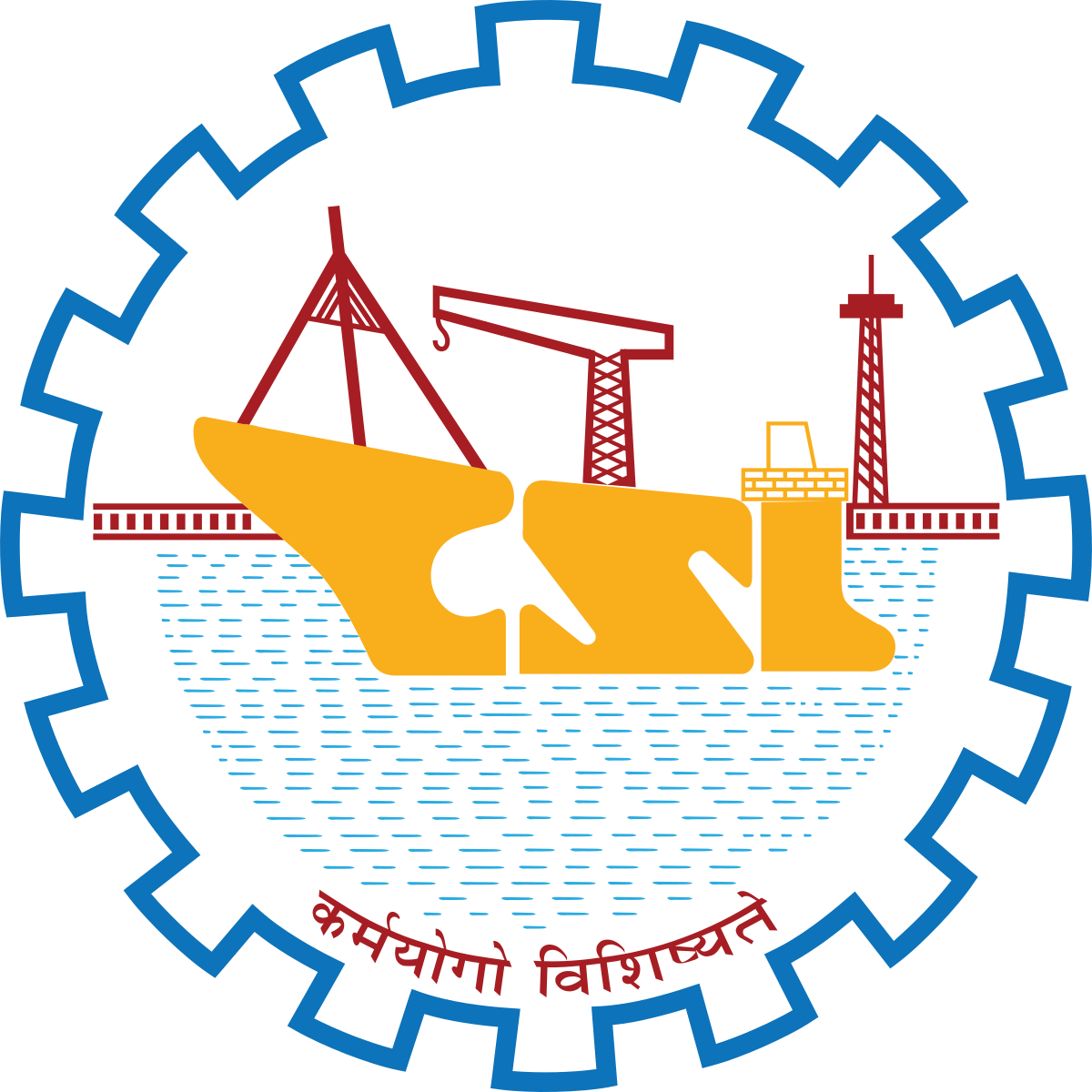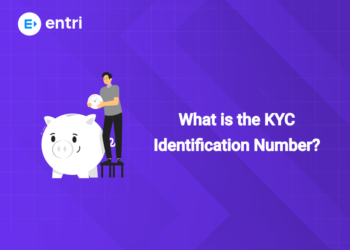Table of Contents
As a new investor, understanding Cochin Shipyard Share Analysis is crucial, especially if you are planning to invest in maritime and defense-linked equities in India. This blog delves deep into the various aspects of Cochin Shipyard, right from the history to financials, risks, and future outlook, to help you make a judicious investment decision.
Company History
Cochin Shipyard Limited (CSL) was incorporated in 1972 as a wholly owned enterprise of the Government of India. By the early 1980s CSL’s first shipbuilding facilities became operational. Over time, CSL evolved to become India’s major public-sector shipbuilding and repair entity, progressively expanding into naval vessels, offshore projects, and commercial shipbuilding.
Some key historical milestones:
- 1981: First vessel (MV Rani Padmini) rolled out
- 1982: Started ship repair operations
- 2017: Went public with initial offering
- 2020 onward: Took over Udupi operations; expanded repair & order book
- 2024–25: Secured large international contracts, turnaround in subsidiaries
Business Model
1: Who was the first woman President of India?
Cochin Shipyard operates via two core verticals:
1. Shipbuilding
- Constructs naval, defense, and commercial vessels.
- Builds platform supply vessels, tankers, tugs, fishing boats, etc.
- Undertakes large defense contracts such as Next Generation Missile Vessels).
2. Ship Repair & Maintenance
- Repairing and retrofitting vessels (merchant, naval, drilling rigs).
- Offers life-extension services, overhaul of naval assets, and offshore facility maintenance.
Additionally, subsidiaries and integrated operations (e.g. Udupi CSL) feed into the main company’s order pipeline. CSL is also a beneficiary of government-backed policy push for indigenous shipbuilding and defense procurement.
Free UPSKILLING Courses!
Take your first step toward mastering in-demand skills, acing interviews, and securing top-tier jobs with Entri's free upskilling courses.
Start Learning!Leadership, Milestones & Achievements
Leadership
- Chairman & Managing Director: Madhu S. Nair
- Board: mixture of government-appointed and independent directors
- The government remains the major promoter with dominant equity shareholding
Milestones & Achievements
- Only facility in India capable of building aircraft carriers
- Delivered INS Vikrant (India’s first indigenous aircraft carrier)
- Won large contract for six Next Generation Missile Vessels (₹10,000 crore scale)
- Secured international orders: 3800 TDW dry cargo vessels for Wilson ASA (Norway)
- Turned around Udupi CSL subsidiary to profitability in FY24
- Entered into repair agreement with U.S. Navy (Master Ship Repair Agreement)
- Bagged orders for multiple tugs and vessel contracts (e.g. Polestar order of ₹120 crore)
- Guided for 14–15% revenue growth and aim to double top-line by 2030
These achievements reflect both defense credentials and commercial outreach.
Learn Stock Marketing with a Share Trading Expert! Explore Here!
Recent Development
In October 2025, Cochin Shipyard bagged a “mega” order from a prominent European client, as per the company’s exchange filing. Here it is to be noted that the term “mega order” stands for those orders that exceed Rs. 2,000 crore in value, as defined by CSL. In its exchange filing, the company has stated that the aforementioned order is for the design and construction of 6 feeder container vessels, each having a capacity of around 1,700 twenty-foot equivalent units (TEU) and powered by liquified natural gas (LNG). CSL also said that the Letter of Intent (LoI) was signed on October 14. Later, a formal contract, with details of the techno-commercial terms will be signed.
Cochin Shipyard’s order book currently stands at ₹21,100 crore. This figure is slightly lower when compared to the end of the June quarter of financial year 2025, when the order book had touched ₹22,500 crore.
Cochin Shipyard Share Details
Below is a snapshot of key share and valuation metrics:
| Metric | Value |
| Stock Symbol | COCHINSHIP (NSE) / 540678 (BSE) |
| Face Value | ₹5.00 |
| Current Price (approx) | ₹1,900.75 |
| 52-week High | ₹2,545.00 |
| 52-week Low | ₹1,180.20 |
| Book Value per Share | ₹200.53 |
| Price to Book (P/B) | 8.9× |
| TTM EPS | 31.96 |
| P/E Ratio | 56.2× |
| Dividend Yield | 0.54% |
| Market Cap | ₹47,249 crore |
This gives you a quick benchmarking view when doing Cochin Shipyard Share Analysis.
Free UPSKILLING Courses!
Take your first step toward mastering in-demand skills, acing interviews, and securing top-tier jobs with Entri's free upskilling courses.
Start Learning!Price History
Here is a simplified historical price view:
| Period | Approx Price Movement |
| All-time high | ₹2,979.45 (Jul 2024) |
| All-time low | ₹104.55 (Mar 2020) |
| Recent 1-year performance | 7.4% increase |
| Recent volatility / beta | Beta 2.78 |
| Recent quarterly drop | Q3 FY25 net profit down 27.6% YoY |
This volatility profile suggests that while there is upside, downside risk is nontrivial in Cochin Shipyard Share Analysis.
Challenges and Risk Management
As you know, any investment comes with risks. Here are challenges specific to CSL and here we discuss how they can be mitigated.
Key Challenges / Risks
1. Project Execution Delays
Cost overruns, delay in deliveries of defense vessels, or shipbuilding setbacks.
2. Raw Material & Input Cost Fluctuations
Steel price volatility, fuel, imported components can dent margins.
3. Dependence on Government Orders
Heavy reliance on defense and PSU contracts; fewer private orders.
4. High Capital Intensity & Working Capital Cycle
Shipbuilding projects consume capital, long gestation period before payment.
5. Global Shipping Cycles
Demand for new vessels is tied to global trade and shipping health.
6. Valuation Overstretch
Trading at very high multiples relative to book; intrinsic value estimates are low (e.g. ₹358 based on historical models)
Risk Mitigation Strategies
- Maintain a diversified order book (commercial + defense)
- Tight project management and buffer margins
- Hedging raw materials exposure
- Prudent capital allocation, staged investments
- Conservative valuation and margin assumptions
Effect on Kerala and the Indian Economy
Kerala Impact
- Major employer and industrial anchor in Kochi region
- Boosts local supply chain, steel, fabrication, logistics
- Promotes skilled maritime workforce and technical education
National / Indian Economy Impact
- Reduces dependence on foreign shipbuilders
- Supports India’s push for defense indigenization and “Make in India”
- Enhances maritime infrastructure, exports, and naval capability
- Helps in creating strategic assets for national security
Thus, Cochin Shipyard Share Analysis is not just about the stock, but it also covers CSL’s role in larger economic and security ecosystems.
Market Trends
- Defense & Naval Expansion: India is increasing naval and coastal security spending.
- Green / Dual-Fuel Vessels: A shift toward LNG, hybrid, and clean propulsion systems (CMA CGM order)
- Govt Support & Packages: Announcements of Rs 70,000 crore package to boost domestic shipbuilding
- Foreign Order Inflows: Growing credibility in global shipbuilding for exports
- Volatility in Shipping Market: Cyclical swings in freight, raw material, and global trade flows
These trends feed directly into the assumptions when doing Cochin Shipyard Share Analysis.
Future Outlook
- The company has guided 14–15% revenue growth in the coming year and aims to double its revenue by around 2030.
- Analysts’ consensus targets range: some estimate downside, e.g. average target ₹1,262 (implying –28% downside)
- Intrinsic valuation models put fair value an order lower (₹323–369) versus current price (₹1,900)
- Execution on marquee contracts (e.g. NGMV, LNG feeders) will drive investor confidence
- Market multiples may compress if global shipping slows
In summary: strong growth potential, but valuation and execution risk loom large.
Investment Insights
From the Cochin Shipyard Share Analysis, here are the observations for new investors:
- The stock trades at lofty multiples and is priced for perfection
- The downside risk is meaningful if contracts slip or margins erode
- Long-term growth aligned with defense and export trends may reward patient investors
- Use staged allocation: begin with moderate exposure rather than full bet
- Monitor contract wins, order book growth, and margin trends closely
Final Recommendation
For new investors, Cochin Shipyard Share Analysis suggests a cautious long-term buy:
- Not ideal for aggressive short-term gains due to elevated valuation
- Suitable as a strategic long-term allocation (3–5 years outlook)
- Enter in tranches, and constantly reassess based on execution and global shipping cycle
Key Takeaways
- Cochin Shipyard is a strategic player in naval, repair, and commercial shipbuilding
- Its valuation is expensive relative to fundamentals and intrinsic value estimates
- Execution, input costs, contract risk, and global cycles are major guardrails
- Kerala benefits directly from its operations, and India gains strategic navigation
- Future growth hinges on defense orders, export contracts, and government policy
- For new investors: approach with allotment, monitor closely, avoid overexposure
Conclusion
The Cochin Shipyard Share Analysis reveals a company with exceptional strategic importance, strong order pipelines, and alignment with India’s defense and maritime ambitions. However, the stock’s current valuation demands cautious allocation, tight monitoring, and sensible expectations. New investors should approach this investment as a thematic long-term play rather than a short-term momentum bet.
Parting Words
As someone who is quite keen on investments, are you interested in learning stock markets from the pioneers? Entri Finacademy, a trusted brand name in stock market courses since 2017, offers you an amazing opportunity. It is the No.1 vernacular learning app in the country offering educational content in 5 regional languages including Malayalam. As a newbie, you can learn stock markets right from the basics to the advanced level at Entri Finacademy. With highly experienced trainers and features such as exclusive doubt clearance sessions and interactive online classes makes this platform a clear winner. Apart from stock market courses, Entri Finacademy also conducts mutual fund and forex trading courses. To know more, please click this link.
Free UPSKILLING Courses!
Take your first step toward mastering in-demand skills, acing interviews, and securing top-tier jobs with Entri's free upskilling courses.
Start Learning!Frequently Asked Questions
What is the current P/E ratio of Cochin Shipyard?
Around 56× based on latest EPS and market price.
Is Cochin Shipyard profitable?
Yes, though profits have seen volatility. For example, in Q3 FY25 there was a 27.6% YoY decline in net profit.
How significant is the downside risk?
Analyst consensus suggests downside up to 25–30% from current levels.
Does the government hold a majority stake?
Yes, the government remains the predominant promoter, and occasional divestments are floated.
What growth is guided by management?
Management is targeting 14–15% revenue growth in the upcoming year and plans to double the revenue by 2030.
What are the key risks for the stock?
Execution delays, input cost inflation, global shipping cycles, valuation premium.
Should a new investor buy today?
It’s advisable to enter cautiously, possibly in tranches, and treat it as a long-term strategic bet rather than short-term trade.












